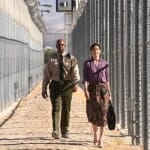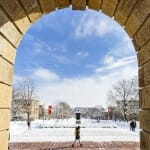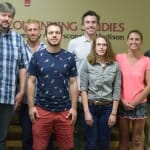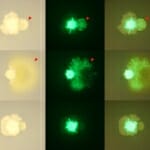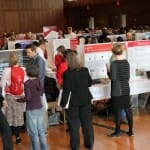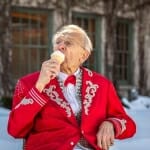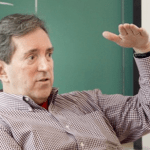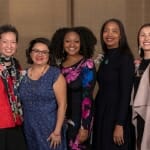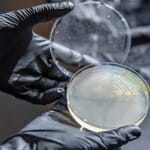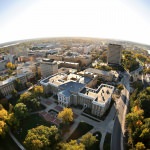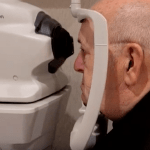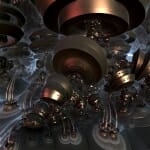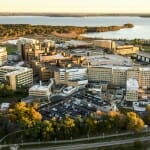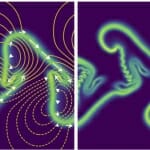Campus news Latest News
Saint Judy premiere to feature Q&A with director, a UW grad
“It is a big Badger production,” says director Sean Hanish. “I’m excited to come to Madison to discuss the film. Read More
Statement from Chancellor Blank on proposed capital budget
"These critical investments in our campus will help make sure we can continue to provide a world-class education for our students," Blank says. Read More
Badger Ready gives adult students a pathway to a UW–Madison degree
Last fall, UW–Madison welcomed the first students served by the Badger Ready program, which helps students resuming their college education after a significant break. Read More
Student to student: Recognizing women in leadership at UW
With International Women’s Day coming March 8, now's the time to celebrate the women who have made an impact on our lives, as well as on our campus community. Read More
Get Social: By the light of the moon
From ice cream on a snowy terrace to a moon over Bascom, campus is showing off its winter beauty this week. Read More
Task force will recommend strategies to strengthen student mental health services
A newly created campus task force will review mental health resources and related supports at UW–Madison and provide recommendations for a comprehensive, multifaceted approach to… Read More
UW–Madison alumna named Knight-Hennessy Scholar
The prestigious scholarship provides full funding for graduate study at Stanford. Applicants are evaluated based on independence of thought, purposeful leadership and a civic mindset Read More
MR Guidance: Next frontier in hemorrhagic stroke
A UW–Madison startup called InseRT MRI has the goal of guiding drug placements in the brain with MRI, under a license to a patent held by WARF. Read More
A vision for rural eye care
Eye doctors are in short supply in rural Wisconsin, sometimes requiring patients to make a long drive to a distant city for an exam. But the UW Health Teleophthalmology program has a camera that can be used in remote locations to take photos of a person’s eyes, with the exam then being read by university-level ophthalmologists. Read More
UW–Madison conferred the most PhDs in 2017
UW–Madison granted 844 doctorates in 2017, ranking it 1st in the nation. Over half of UW doctoral alumni work in higher education, including faculty, administration, research and staff. About a quarter are working in business. Read More
Quantum science at UW–Madison joins exchange, invests in faculty and students
“By the investments we are making in quantum science and technology," says Steve Ackerman, "we are ... leading the way in concepts and technology that may revolutionize computing, communication, security and more.” Read More
UW-Madison ranks highly throughout the year
Rankings based on disparate criteria —whether it's student excellence or research impact or access to veterans — all put UW–Madison among the nation's top universities. Read More

